State Office:
Neighbourhood Watch Victoria
Victoria Police Centre
311 Spencer Street
Docklands VIC 3008
General Enquiries: (03) 8335 6002
Media Enquiries: ceo@nhw.com.au
ABN: 41 586 657 273
Incorporation Number: A0018739R
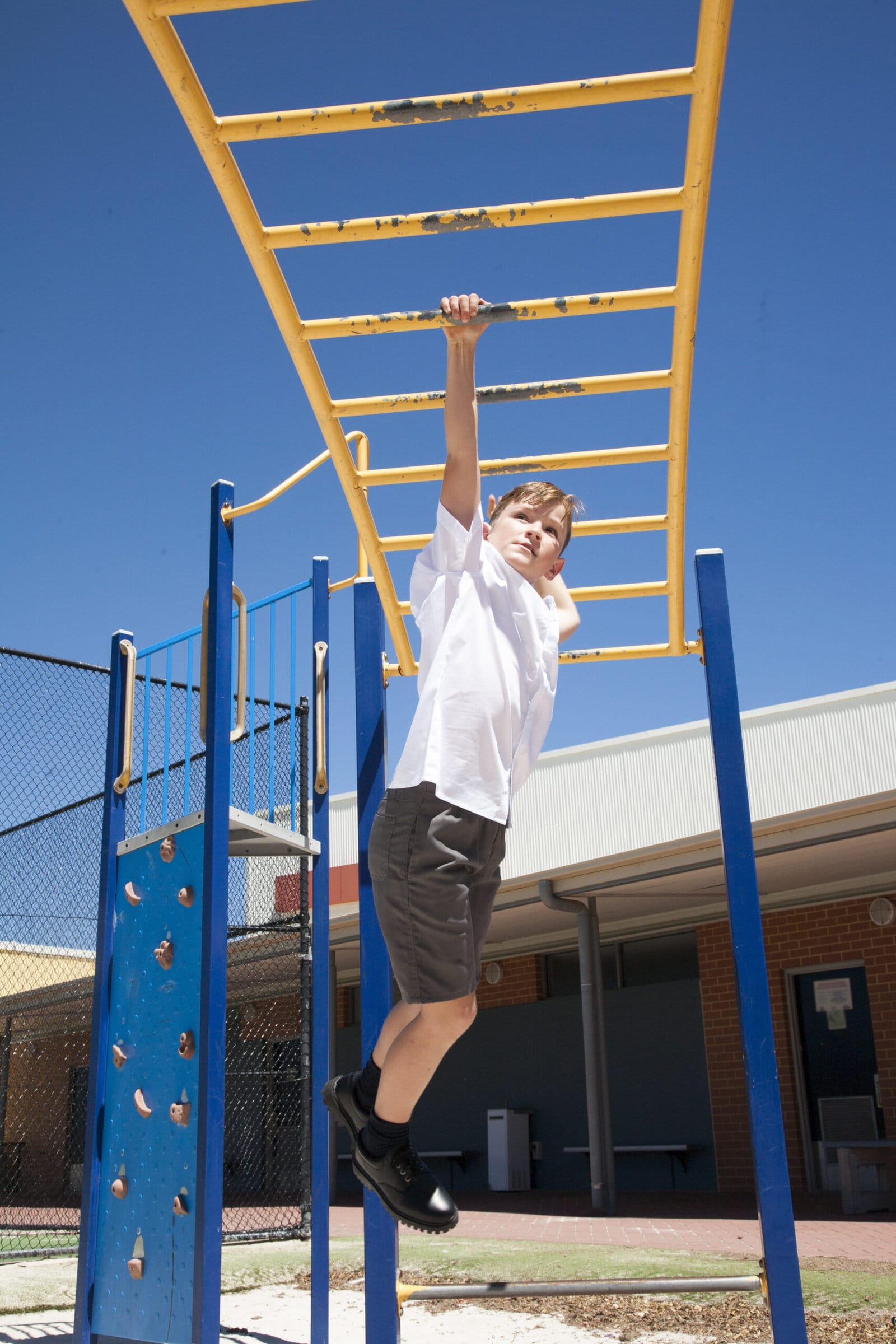
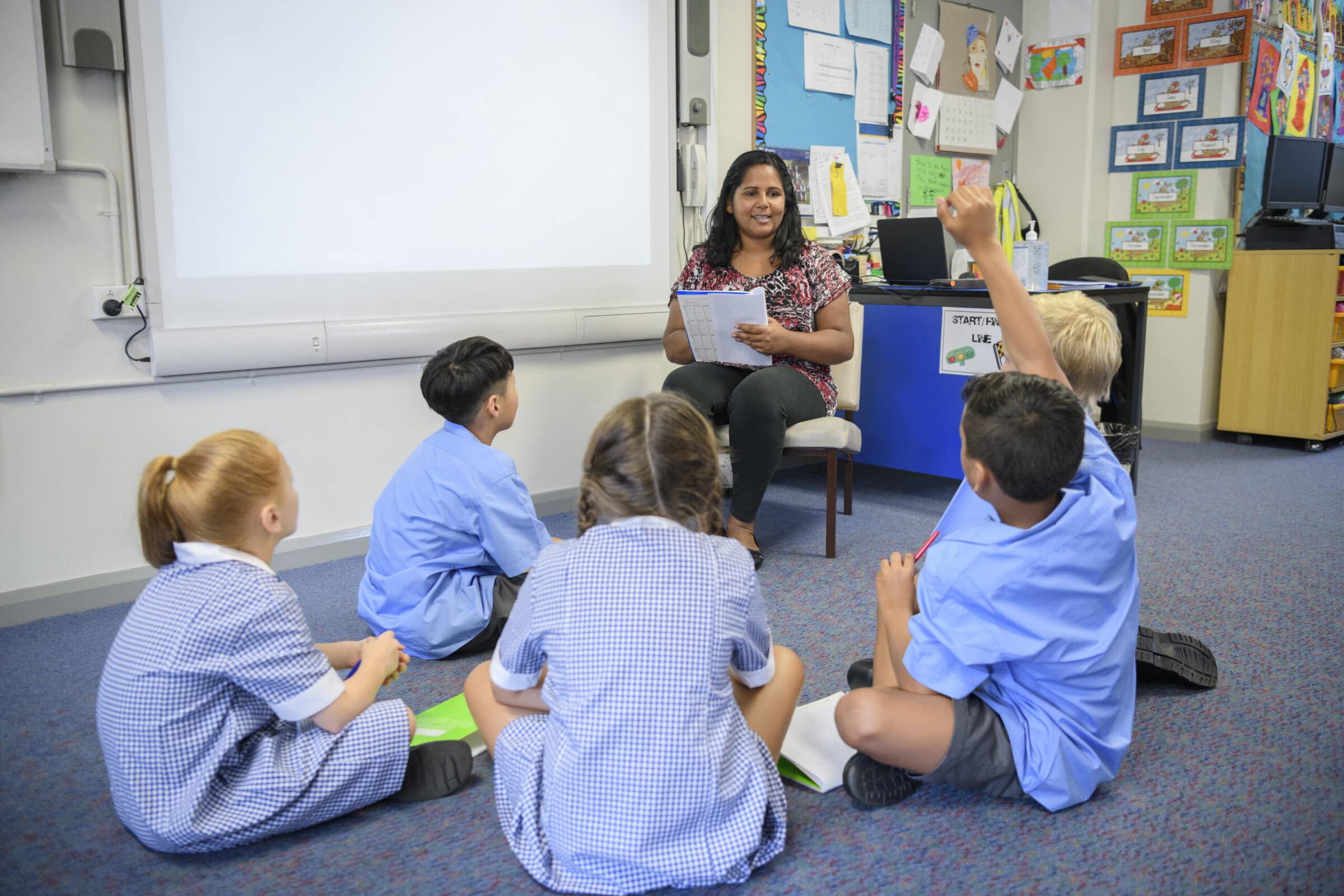
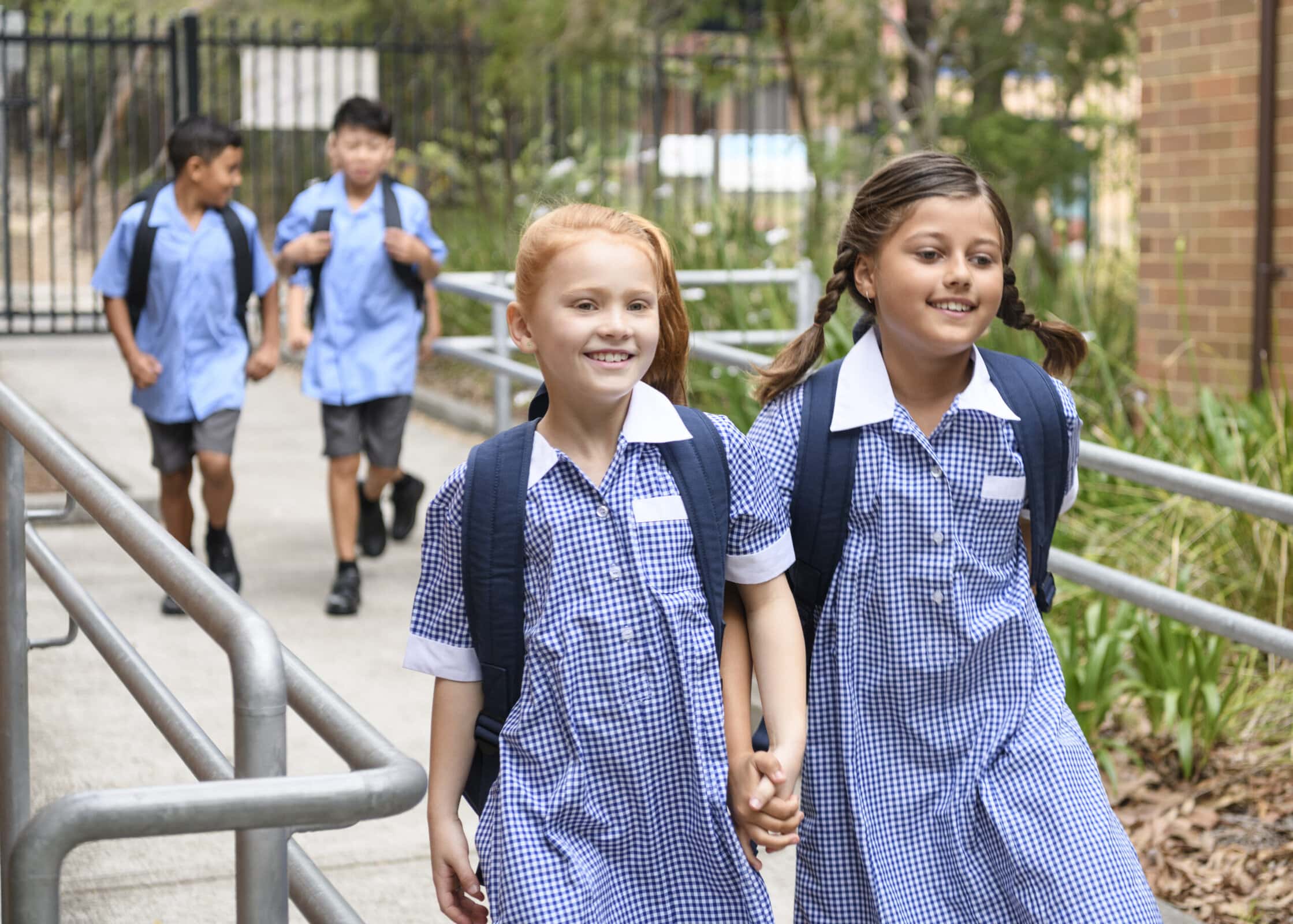
How safe is my school is a fun, interactive resource for primary-school-aged children to do as part of their school-based learning. It takes students on a journey to improve their safety knowledge and empower them to improve safety around their schools and make it a welcoming space for all – knowledge they can take back to their families and on through their lives.
As a teacher, you can register for free to gain access for your class and students.
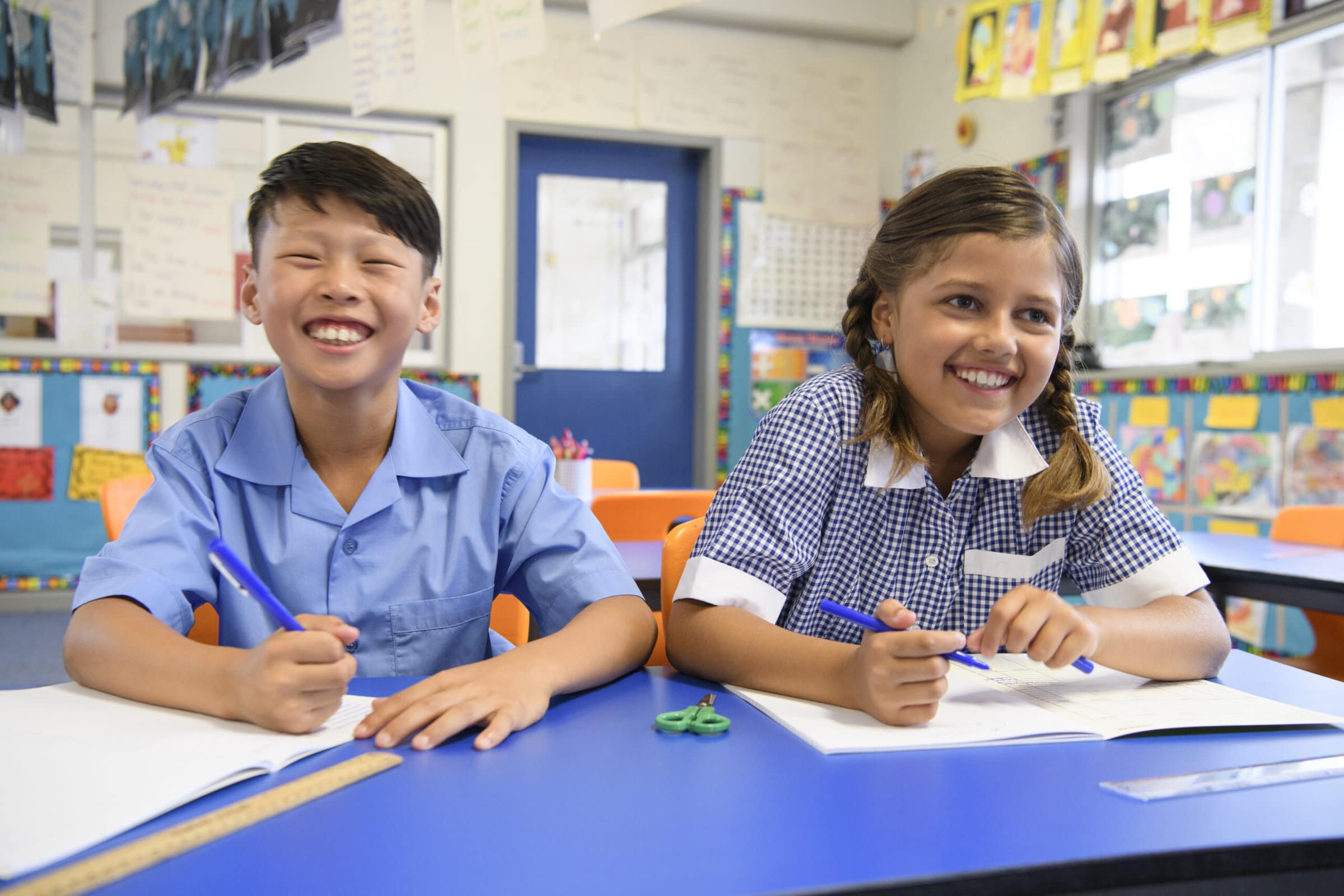
One proven multi-disciplinary approach to improving an area’s safety is through applying “Crime Prevention Through Environmental Design” (CPTED) – a series of principles that can be applied to residential areas, public spaces, retail, commercial and schools, to improve both the sense of safety of residents, workers, users or students, and the actual security of the built environment.
Much of CPTED is common sense – that an area that looks cared for, is welcoming, and easy to navigate will provide people with a positive experience.
Neighbourhood Watch Victoria has adapted the more formal ISO-recognised CPTED standards to a new program – How Safe Is My School – which is easy to understand and designed specifically for children to do as part of their school-based learning.
Our aim is for children to learn the simple things they can do to feel and be safer – knowledge that they can take back to their families and on through their lives.
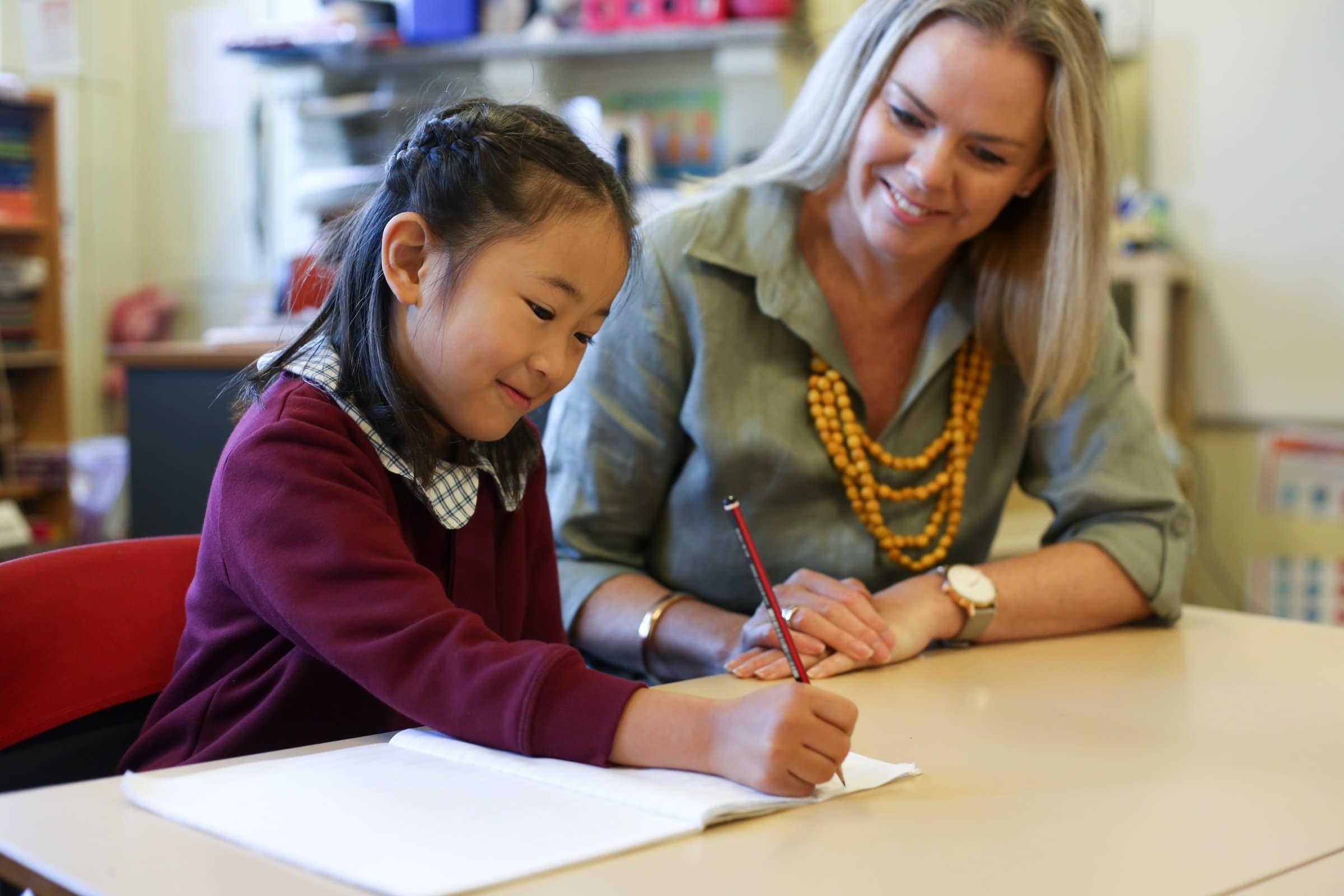
How Safe Is My School resources are written to align with the Victorian Curriculum and will take primary school students on a journey to improve their safety knowledge and empower students to improve safety around their schools. How Safe Is My School adheres to Victoria’s Child Safe Standard 9.
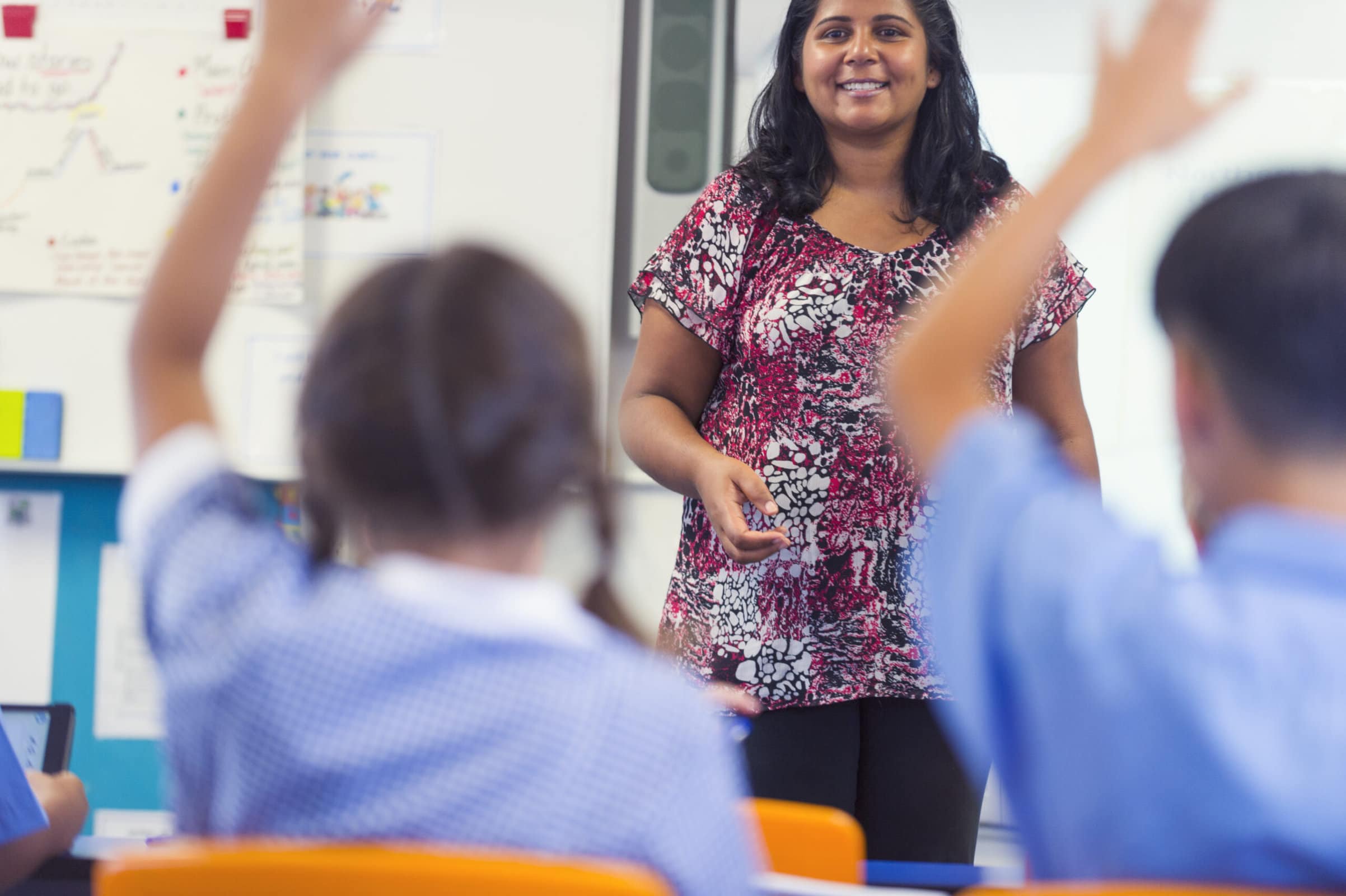
Safety can include people’s actions and behaviours, but another element of safety is “place”. Based on the concept of “crime prevention through environmental design” (CPTED), our physical environment can impact our sense of safety. Recognising how an area is perceived and designed enhances our individual sense of safety. Taking shared responsibility for maintaining a welcoming and cared for space helps to discourage negative behaviours.
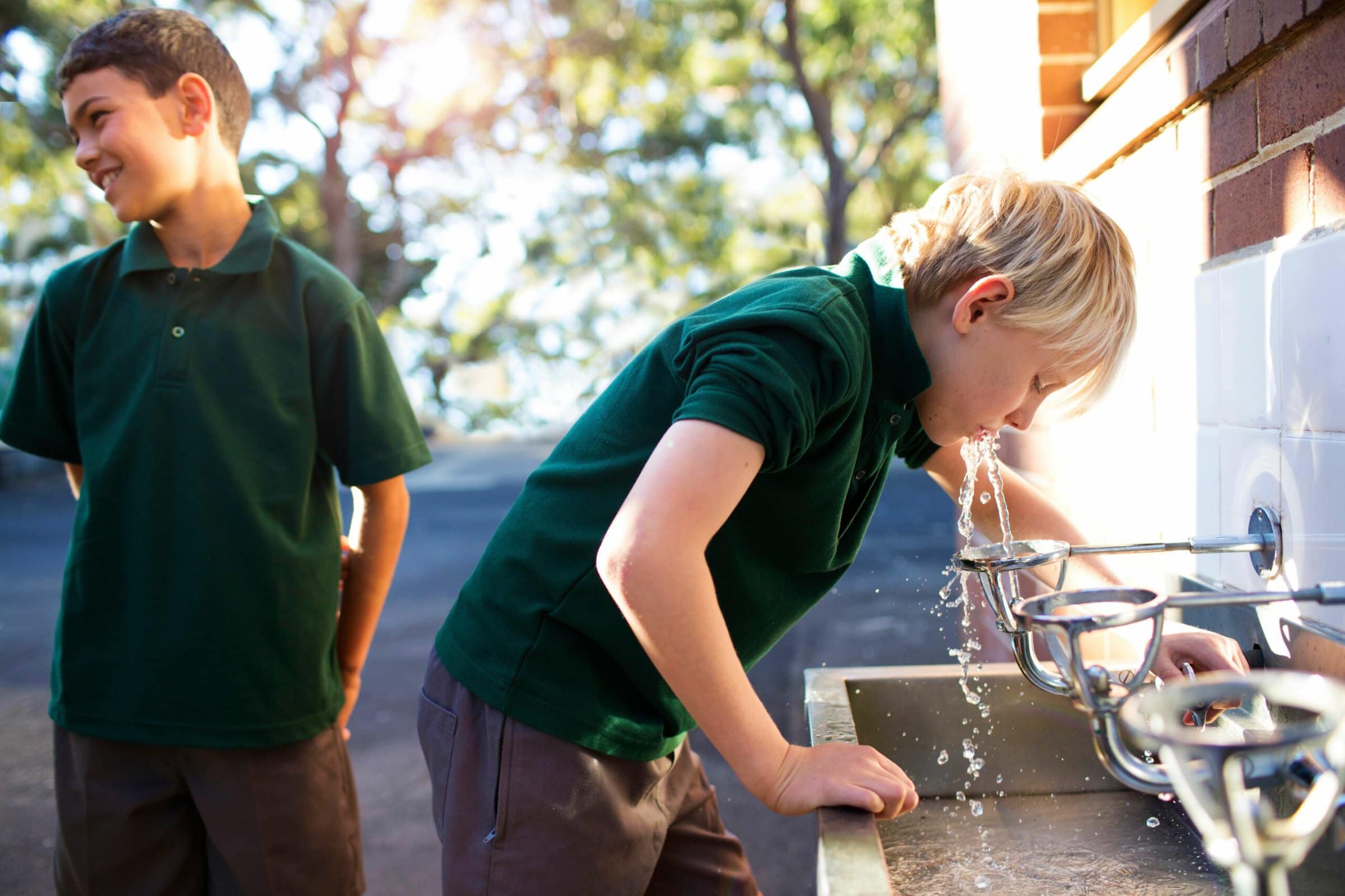
There are 4 key principles* when looking at how spaces are designed with crime prevention and safety in mind.
*principles are based on Designing Safe Spaces: Involving Children and Youth in Crime Prevention Through Environmental Design, 2005 National Crime Prevention Council, USA.
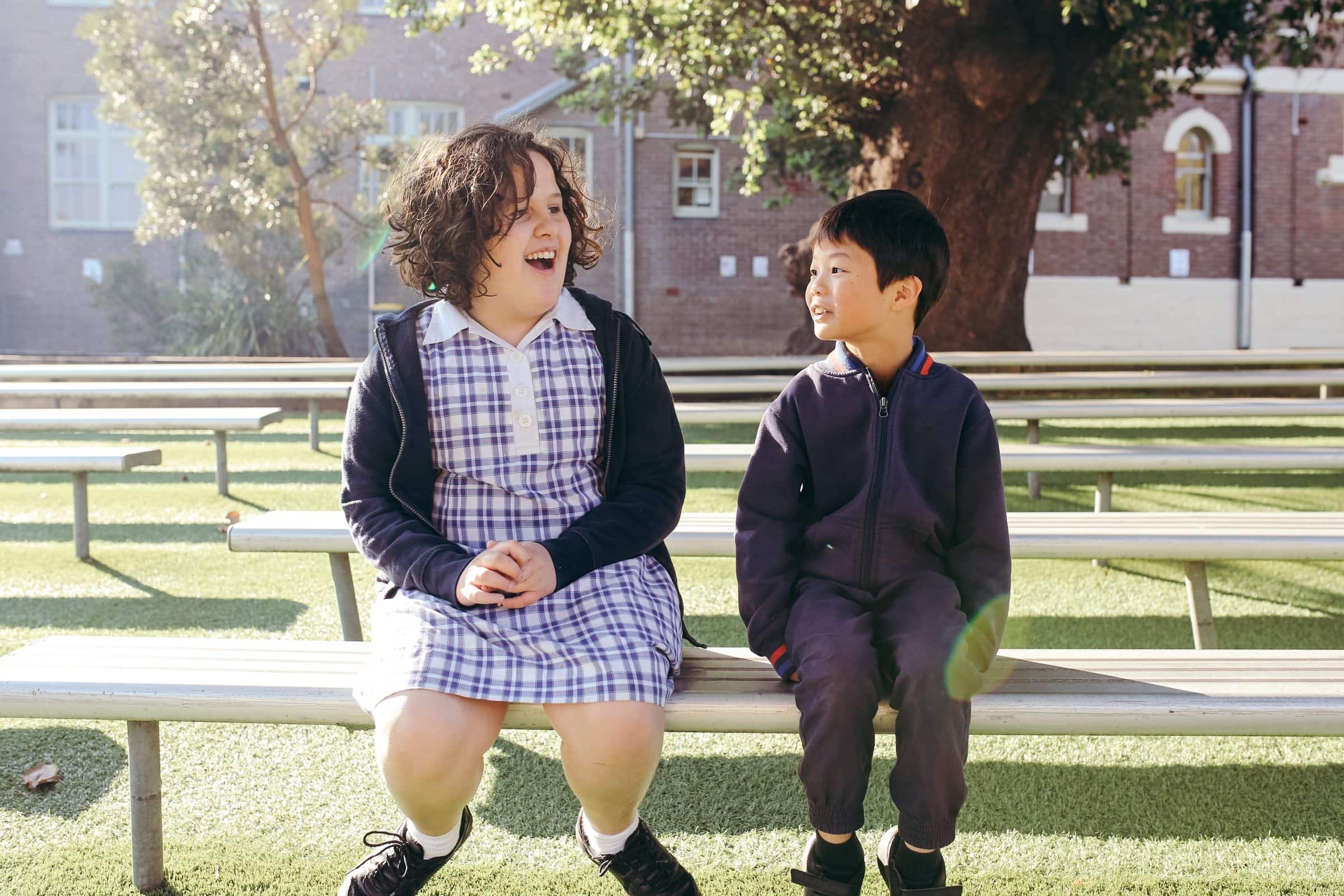
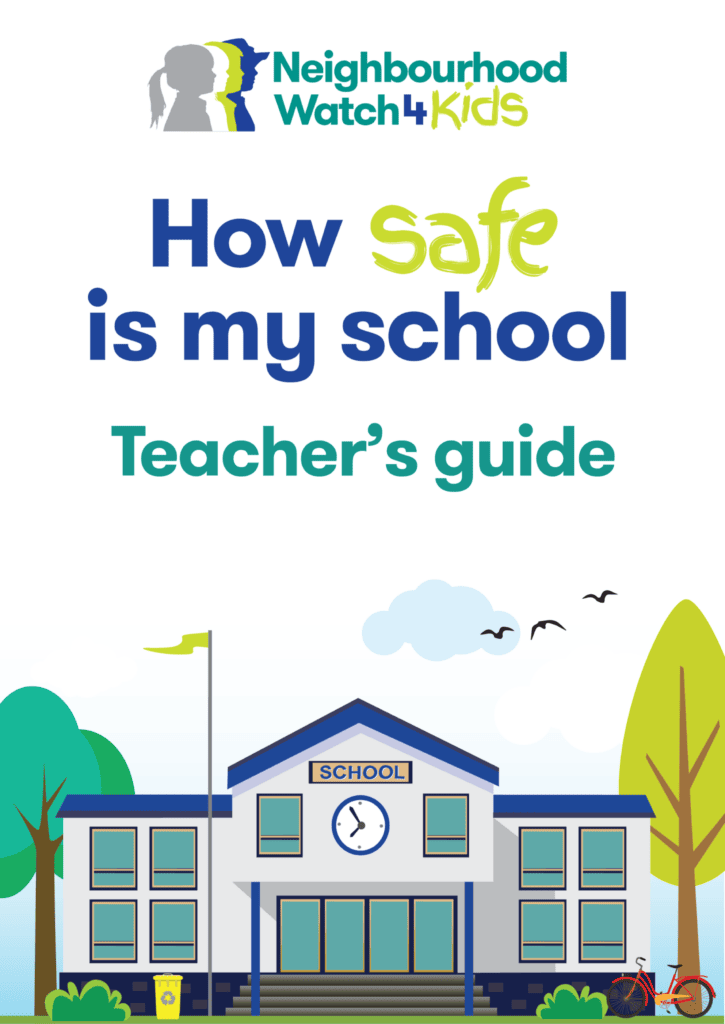
How Safe Is My School is supported by RACV
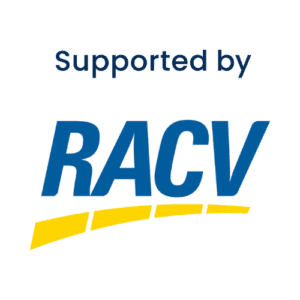


Neighbourhood Watch Victoria acknowledges the 38 mobs, the Traditional Custodians of the land on which we operate, live, and gather as employees and volunteers. We recognise their continuing connection to land, water and community and pay respect to Elders past, present and emerging.

At Neighbourhood Watch, we believe everyone has the right to feel safe and welcome. We are committed to ensuring diversity, inclusion and equity are embedded throughout our organisation – in the work we do, the services we deliver and among our staff, volunteers, and the communities we work with.
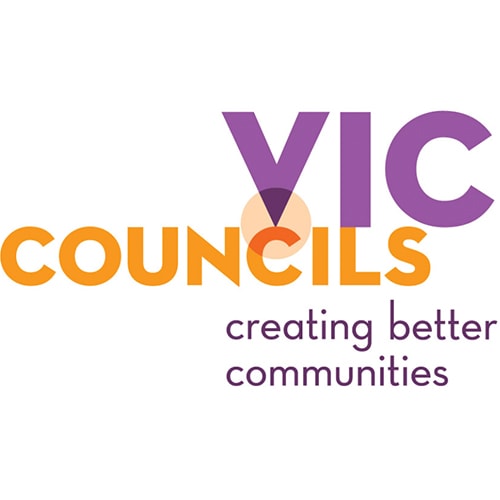
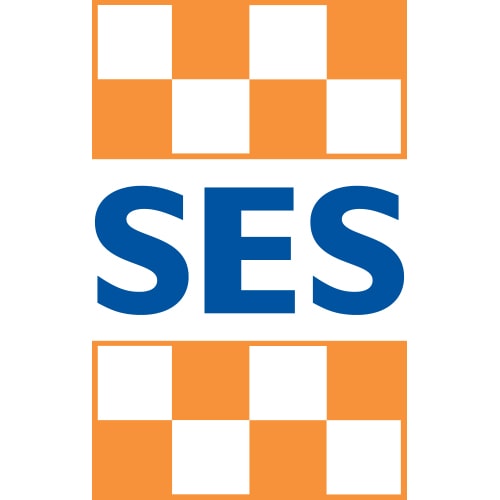
Neighbourhood Watch Victoria
Victoria Police Centre
311 Spencer Street
Docklands VIC 3008
General Enquiries: (03) 8335 6002
Media Enquiries: ceo@nhw.com.au
ABN: 41 586 657 273
Incorporation Number: A0018739R